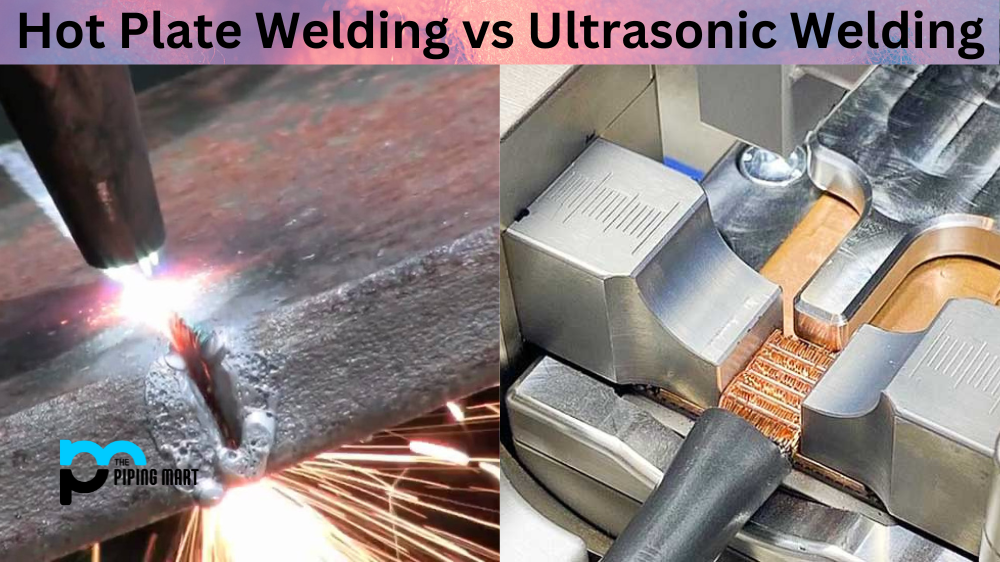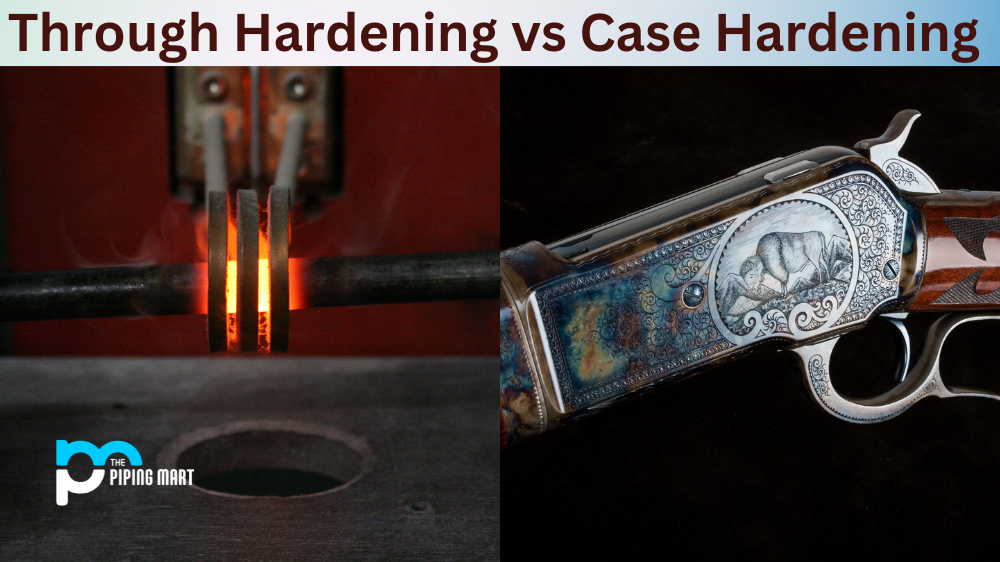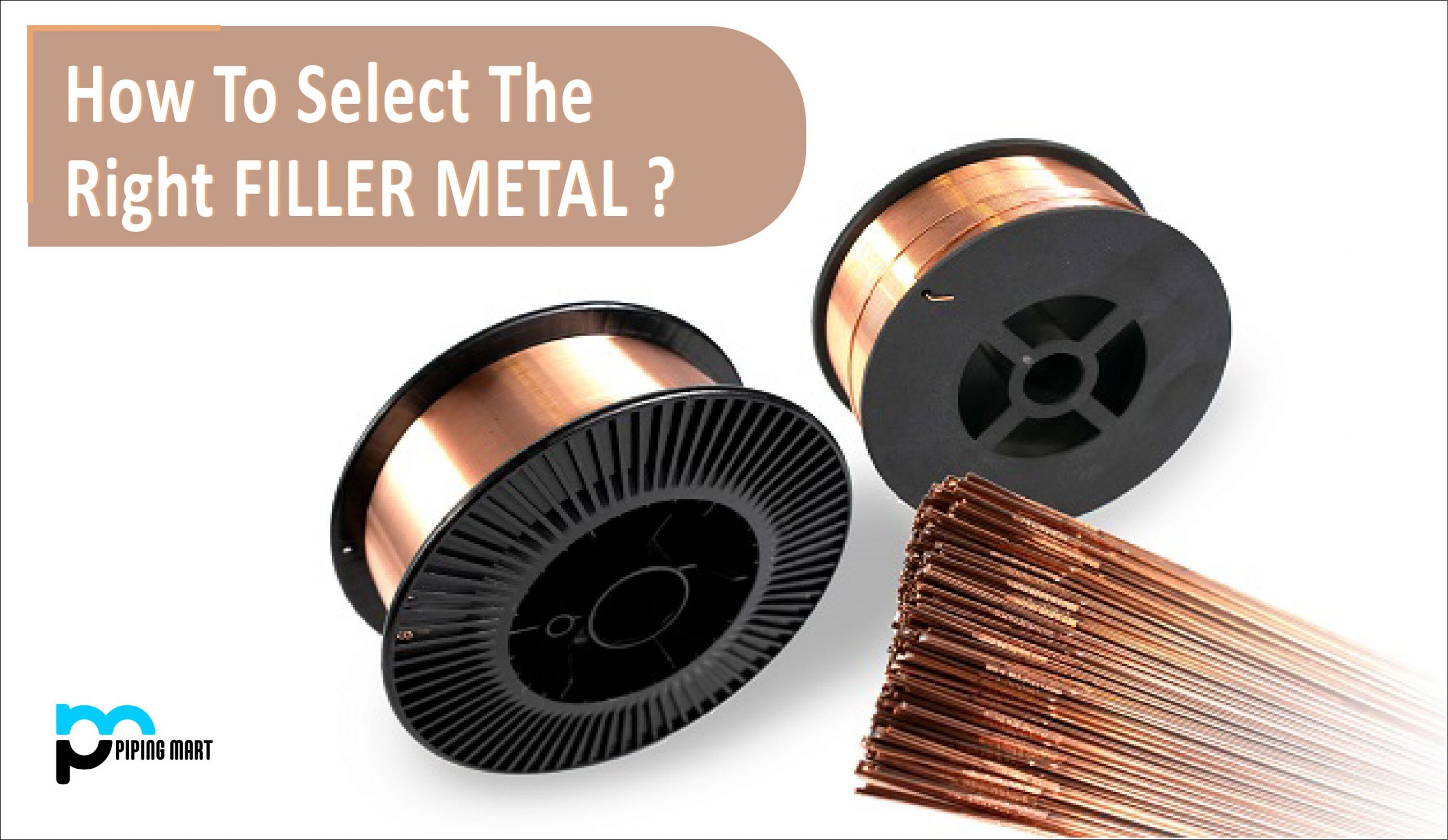Welding is essential in various industries, including automotive, electronic, and medical manufacturing. While numerous types of welding are available today, two of the most popular methods are hot plate welding and ultrasonic welding. Welding gives a strong, permanent connection between the two parts, but the methods differ in numerous factors, making them suitable for specific industries. This blog analyzes the differences between hot plate welding and ultrasonic welding and explains how each method works.
What is Hot Plate Welding?
Hot plate welding involves using heated plates to create a weld between two components. The parts are placed on the hot plate, heated, and pressed to create a firm connection. This process is efficient for large products such as fuel tanks and plastic containers. The hot plate welding is relatively easy to operate if the right heat and pressure are applied, making it an excellent option for mass production.
What is Ultrasonic Welding?
Ultrasonic welding uses high-frequency vibrations to join two materials together. The two parts are pressed together while the ultrasound is applied, melting and fusing them. The electronic industry commonly uses this welding method to create secure, accurate electrical connections with small components. It’s also useful in producing medical devices and dental instruments. Ultrasonic welding creates less stress on the materials used and reduces the chances of weld marks on the finished product.
Difference Between Hot Plate Welding and Ultrasonic Welding
Comparison
Hot plate welding is better for larger parts, while ultrasonic welding is ideal for small parts requiring higher accuracy and precision. Hot plate welding relies on the parts’ thermal properties to create a strong bond, while ultrasonic welding uses friction to melt and fuse the parts. As a result, the latter avoids warping, distortion, and other undesirable effects. Moreover, ultrasonic welding generates less waste and requires less maintenance than hot plate welding, making it more environmentally friendly than its counterpart.
Advantages of Hot Plate Welding
One advantage of hot plate welding is that it can weld large areas quickly. Additionally, hot plate welding is less likely to cause damage to delicate materials than other types of welding. Finally, hot plate welding is relatively inexpensive, making it a good option for low-volume production runs.
Advantages of Ultrasonic Welding
One advantage of ultrasonic welding is that it produces strong bonds between materials. Additionally, ultrasonic welding can be used on various materials, including metals, plastics, and composites. Finally, ultrasonic welding is relatively quick and easy to set up, making it a good option for low-volume production runs.
Disadvantages of Hot Plate Welding
One disadvantage of hot plate welding is that it can damage delicate materials if they are not protected properly. Additionally, hot plate welding requires careful control to avoid creating weak spots in the welded joint. Finally, hot plate welding can be slower than other types of welding, such as ultrasonic welding.
Disadvantages of Ultrasonic Welding
While ultrasonic welding has become a popular method for manufacturing and bonding plastics, there are inherent disadvantages. One of the main issues is that it can be difficult to weld certain materials, such as metal or wood. Additionally, the process can be quite noisy and may require additional safety precautions for operators. There is also a risk of damaging the welded materials if the settings are not properly calibrated. As with any manufacturing process, it is important to carefully consider the advantages and disadvantages of ultrasonic welding before deciding whether or not it is the best option for your project.
Conclusion
In conclusion, hot plate welding and ultrasonic welding have unique pros and cons, making each suitable for specific manufacturing requirements. When considering each method, factors such as the size of the part, required precision, and the materials used should be considered before deciding which process to use. With proper research and evaluation, manufacturers can choose the best welding method that yields a high-quality product, reduces waste, and reduces production costs.
Rachana is a dedicated and ambitious young woman who has made a name for herself in the metal industry. From her earliest days in the industry, Rachana showed a natural talent for problem-solving and a keen eye for detail. In her free time, She enjoys reading up on the latest advancements in the industry, as well as exploring new ways to innovate and improve upon existing processes.




